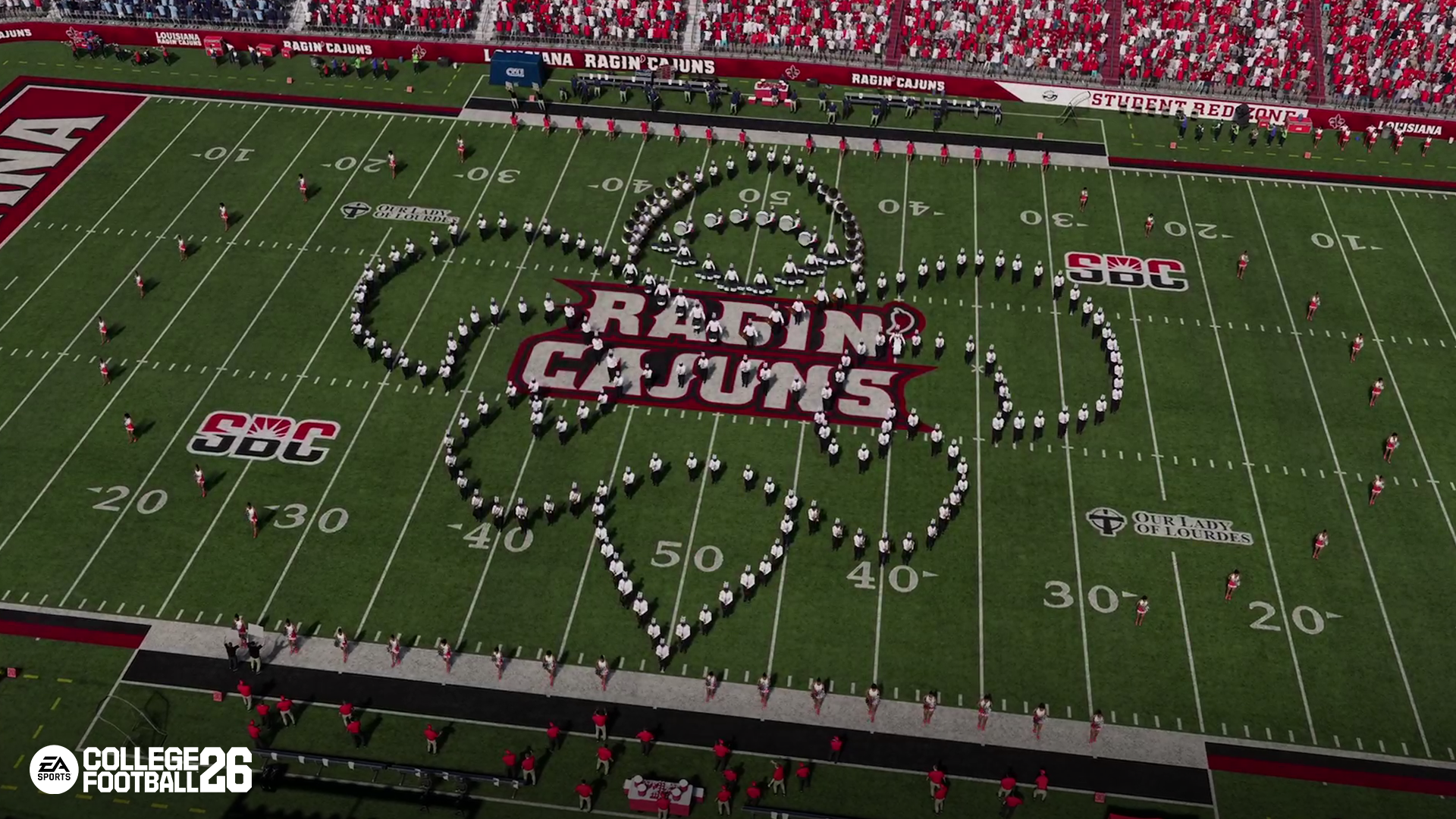EA Sports has released its latest installment, College Football 26, which aims to build upon the mixed reception of its predecessor, College Football 25. While fans anticipated a significant evolution from last year’s game, the verdict is a mix of highs and lows. After a week of gameplay, the reception has been moderate, with many players finding it “just fine.” The game maintains the essence of college football but continues to grapple with several persistent issues.
What Fans Appreciate
One notable enhancement in College Football 26 is the return of high school football in the Road to Glory mode. This feature, absent for years, allows players to begin their careers on the high school gridiron, where their performances can earn them scholarship offers. Players can accumulate stars that attract top-tier programs, making this a welcome addition for those who fondly remember the feature from NCAA Football 14.
Despite the excitement, the implementation falls short of expectations. The high school season is now condensed to just four games, which involve isolated “highlight moments” rather than full matches. Players navigate preset scenarios, such as a “2-Minute Drill,” which feel limiting compared to the immersive experiences of earlier titles. Critics argue that this reduced format feels arbitrary and fails to capture the essence of a full high school season, leading to disappointment among fans.
Another appreciated aspect is the introduction of a historical data feature, often referred to as the Trophy Room. This addition allows players to track milestones, past champions, and legendary games, enhancing the overall immersion. The previous lack of a comprehensive archive in College Football 25 was a common complaint, and this improvement has been well-received by long-time fans.
Persistent Issues and Critiques
Despite these gains, College Football 26 is not without its flaws. The artificial intelligence for running backs in the Road to Glory mode remains a significant point of frustration. Players often find that running backs do not follow logical paths during plays, resulting in lost yardage and chaotic gameplay. This issue, echoed from the previous installment, detracts from the overall experience and has led to frustration within the community.
The game also features a streamlined substitution system that enhances gameplay fluidity. Players can easily manage substitutions with a quick button press, allowing for more strategic in-game decisions. This improvement is considered a significant step forward, making roster management feel more integrated into the game’s real-time action.
Conversely, the inclusion of Ultimate Team continues to draw criticism. Many players express discontent with the mode, which they perceive as a monetization strategy rather than a meaningful gameplay addition. This year, the mode has encroached into training, forcing players to engage with a system laden with microtransactions just to learn the game’s mechanics. Critics argue this approach undermines the accessibility that sports games once offered.
As College Football 26 aims to solidify its place in the franchise, it remains evident that while it takes steps forward, it also stumbles over unresolved issues. The balance between nostalgic features and modern gaming demands will continue to challenge EA Sports as they prepare for future releases.
In the world of sports gaming, expectations remain high, and fans will undoubtedly keep a close eye on how EA Sports addresses these concerns in the years to come. As the gaming landscape evolves, so too must the franchise, or it risks losing the very audience that fueled its revival.



























































